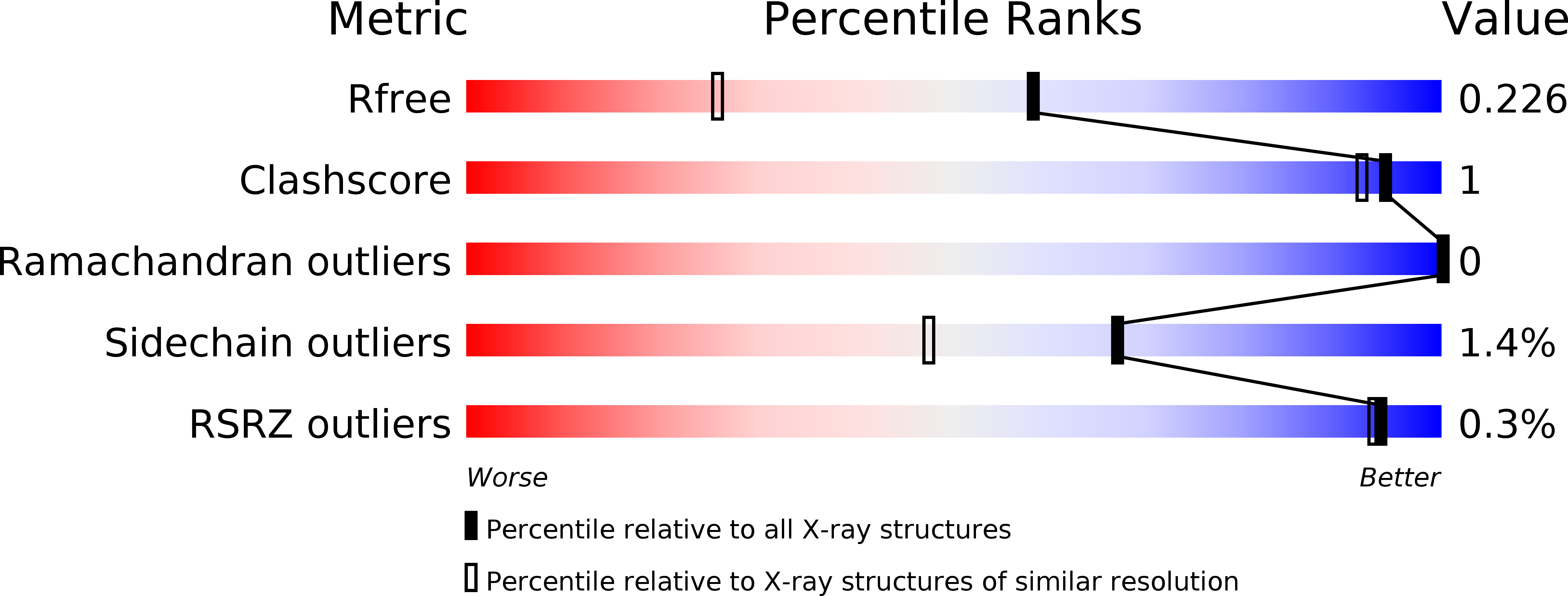
Deposition Date
2014-05-22
Release Date
2014-10-08
Last Version Date
2023-12-27
Entry Detail
PDB ID:
4PMY
Keywords:
Title:
Crystal structure of GH10 endo-b-1,4-xylanase (XynB) from Xanthomonas axonopodis pv citri complexed with xylose
Biological Source:
Source Organism:
Xanthomonas axonopodis pv. citri (Taxon ID: 190486)
Host Organism:
Method Details:
Experimental Method:
Resolution:
1.60 Å
R-Value Free:
0.22
R-Value Work:
0.18
R-Value Observed:
0.18
Space Group:
P 1 21 1


